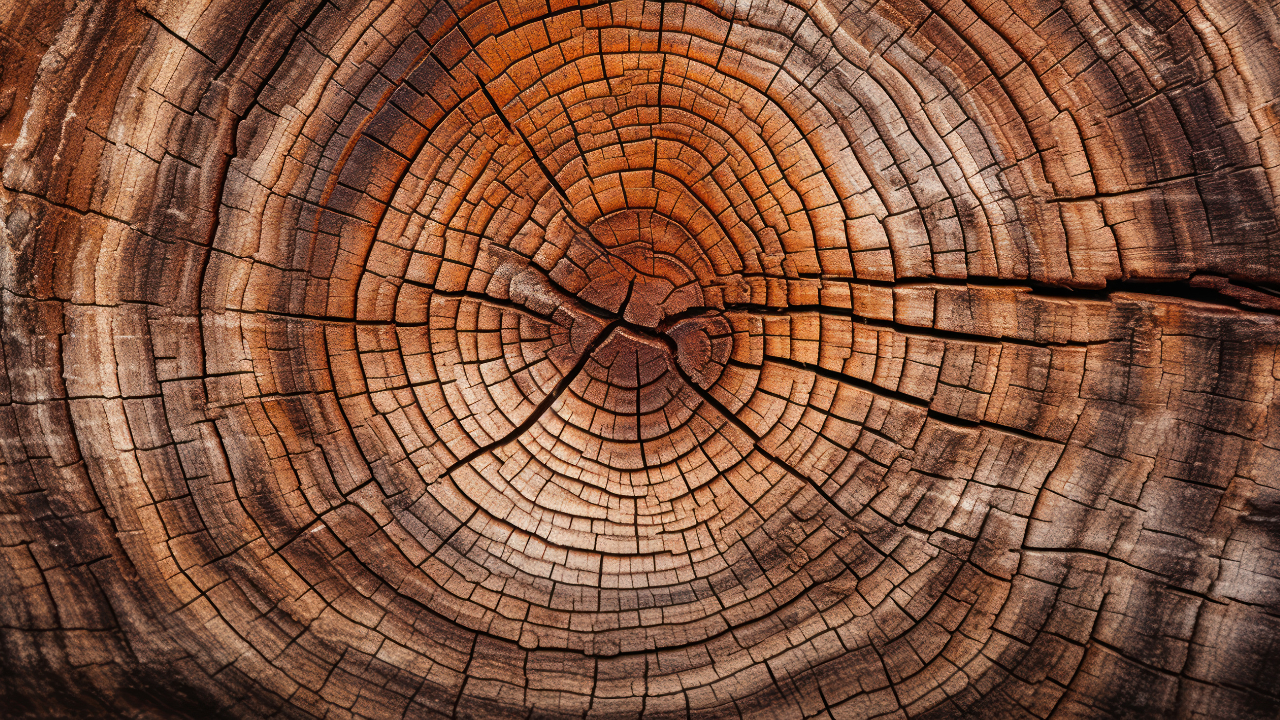Tree rings aren’t simple concentric circles on the stump. They’re living records of Earth’s evolution. Each ring is a narrative that traces decades of development, shifts in climate as well as ancient catastrophes. For historians, scientists and even nature enthusiasts trees provide an intriguing glimpse into the past and help us to predict the future.
In this in-depth look we’ll look at the process of creating tree rings and what they reveal and the reason why they’re more important than you imagine. From finding archaeological sites to tracking the effects of climate change These natural archives contain the secrets that need to be revealed.
How Do Tree Rings Form? the Science Behind the Circles
Each year, a tree creates a new layer of growth under its bark, forming what we refer to as the tree rings. The rings are formed due to the fact that trees grow faster in spring (producing soft, light-colored wood) and less when it’s summer (resulting in darker, more dense wood). The contrast between the layers will make each year’s progress visible.
Tree rings aren’t just about age. Their color, thickness, and even their chemical composition provide clues to the conditions of the environment. A wide ring could indicate that the year was prosperous and wet A smaller one could be a sign of an outbreak of disease or drought. When studying these patterns scientists can reconstruct the past climate with a surprising degree of accuracy.
What Can Tree Rings Tell Us? Nature’s Time Capsule
1. Climate History Written in Wood
Tree rings are akin to the nature’s weather logbooks. By studying ancient trees scientists can observe temperature changes as well as patterns of rainfall, or even significant events, such as volcanic eruptions. For instance extreme cold winters often result in stunted rings similar to the the records of past extreme winters.
2. Looking into the Past using Dendrochronology
Dendrochronology–the study of tree rings–helps archaeologists date wooden artifacts and ruins. Because each ring represents one year, researchers can compare patterns found on old tools or beams to climate timelines and can even pinpoint dates for construction within one year.
3. Forest Fires and Ecological Clues
Tree rings with scars reveal previous fires that raged through the forest. A ring that is blackened may mark the year in which a fire broke through, and regrowth that follows indicates how the forest has rebuilt. This aids ecologists in understanding the fire cycle and manage modern forests more efficiently.
Why Are Tree Rings Important Today? Beyond the Past
Tree rings allow us to take a look back but they also provide warnings regarding the future. When analyzing patterns of recent growth scientists are able to spot alarming trends — like the shrinking of rings in regions that are suffering from drought, which indicate that climate change is getting worse.
Forest managers utilize tree ring data to identify the areas that are most susceptible to pests and fires. Urban planners also examine them to determine what species of trees will thrive in the face of rising temperatures. In a time of fast-paced environmental changes, these silent storytellers are more important than ever before.
The Art and Science of Reading Tree Rings
The study of tree rings isn’t only for the experts. With a magnifying lens and a bit of perseverance everyone can learn how to recognize the rings. Here’s a quick guide:
- The rings can be counted to determine the age of the tree.
- Look for irregularities–scars, narrow rings, or missing sections–to spot past trauma.
- Check the different trees in the same area to find common phenomena (like dry spells).
No matter if you’re a scientist or just a nature enthusiast the tree rings transform every fallen tree into an historic record.
FAQs
Do tree rings have the ability to be used to predict changes in the climate?
Although they aren’t able to anticipate the future, they provide long-term trends in climate and help scientists predict the future.
What is the age of the oldest recorded tree?
The oldest tree known that is known, a bristlecone pine called Methuselah is more than 4800 years old. The roots date to the time of ancient Egypt.
Does every tree have visible rings?
The majority of temperate trees have them however, tropical species might have clear rings due to constant growth all year round.
Are tree rings a way to determine the date of human development?
Yes! Dendrochronology is helping to date Viking ships and Native American pueblos, and even Renaissance violins.
What causes some tree rings to develop unevenly?
Uneven growth may result from injuries, diseases or environmental stresses such as the effects of drought and pollution.
Conclusion:
Tree rings serve as silent witnesses to the centuries of evolution, providing clues about the past and its future. The rings remind us of the fact that nature maintains record in ways that we’re just beginning to comprehend. If you happen to notice a stump, you should examine it closer. You may discover a story recorded in the wood.
When we study tree rings we do more than only learn about trees, but we discover more about our lives and what that we share with them.




